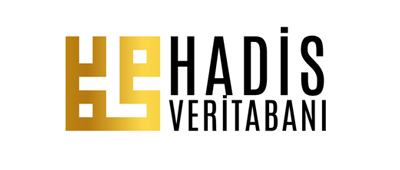عن أبي هُرَيْرَةَ ـ رضى الله عنه قَالَ:
قَبَّلَ رَسُولُ اللَّهِ صلى الله عليه وسلم الْحَسَنَ بْنَ عَلِيٍّ وَعِنْدَهُ الأَقْرَعُ بْنُ حَابِسٍ التَّمِيمِيُّ جَالِسًا. فَقَالَ الأَقْرَعُ إِنَّ لِي عَشَرَةً مِنَ الْوَلَدِ مَا قَبَّلْتُ مِنْهُمْ أَحَدًا. فَنَظَرَ إِلَيْهِ رَسُولُ اللَّهِ صلى الله عليه وسلم ثُمَّ قَالَ " مَنْ لاَ يَرْحَمُ لاَ يُرْحَمُ "
قَبَّلَ رَسُولُ اللَّهِ صلى الله عليه وسلم الْحَسَنَ بْنَ عَلِيٍّ وَعِنْدَهُ الأَقْرَعُ بْنُ حَابِسٍ التَّمِيمِيُّ جَالِسًا. فَقَالَ الأَقْرَعُ إِنَّ لِي عَشَرَةً مِنَ الْوَلَدِ مَا قَبَّلْتُ مِنْهُمْ أَحَدًا. فَنَظَرَ إِلَيْهِ رَسُولُ اللَّهِ صلى الله عليه وسلم ثُمَّ قَالَ " مَنْ لاَ يَرْحَمُ لاَ يُرْحَمُ "
God's Messenger kissed Al-Hasan bin Ali (his grandchild) while Al-Aqra' bin Habis At-Tamim was sitting beside him. Al-Aqra said, "I have ten children and I have never kissed anyone of them", God's Messenger cast a look at him and said, "Whoever is not merciful to others will not be treated mercifully." (Bukhari, Good Manners and Form (Al-Adab), 18)
 DE
DE RU
RU FR
FR TR
TR















